Climate change mitigation efforts have led to shifts from fossil-fuel dependence to large-scale renewable energy. However, renewable energy sources require significant land and could come at a cost to ecosystems. A new study led by Ryan McManamay, Ph.D., assistant professor of environmental science at Baylor University, evaluates potential conflicts between alternative energy strategies and biodiversity conservation.
Tag: Renewable Energy
100% Renewable Microgrid “Takes Off” at Airport in Northern California
The Redwood Coast Airport Microgrid’s community partners today announced construction activities on what will be the first 100% renewable, multi-customer microgrid in California.
UAlbany Atmospheric Scientists Lead DOE Project to Enhance Offshore Wind Research Buoys
The collaborative project aims to design, install and deploy a buoy-based flux measurement system that can provide new insight on offshore wind conditions and improve forecast models.
Steering Wind Turbines Creates Greater Energy Potential
For wind farms, it is important to control upstream turbines in an efficient manner so downstream turbines are not adversely affected by upstream wake effects. In the Journal of Renewable and Sustainable Energy, researchers show that by designing controllers based on viewing the wind farm system as a coupled network, it is possible to extract power more efficiently.
New, Tiny Battery Powers Big Insight into Fish Passage for Hydropower
PNNL scientists developed a tiny battery and tag to track younger, smaller species, to evaluate behavior and estimate survival during downstream migration.
A novel energy storage solution featuring pipes and anchors
What do pipes and anchors have to do with storing energy? More than you might think! A new IIASA-led study explored the potential of a lesser known, but promising sustainable energy storage system called Buoyancy Energy Storage.
Saving the climate with solar fuel
Produced in a sustainable way, synthetic fuels contribute to switching mobility to renewable energy and to achieving the climate goals in road traffic. In the mobility demonstrator “move” Empa researchers are investigating the production of synthetic methane from an energy, technical and economic perspective – a project with global potential.
Argonne demonstrates benefits of restoring native vegetation at solar facilities
Modeling different land use types, Argonne researchers demonstrate that the growth of native grasslands on large solar utility sites can help restore biodiversity, maintain ecosystem services and aid agriculture.
Rare earth supply disruptions have long-range impacts, computer model shows
Many devices rely on rare earth elements. Disruptions to supplies have consequences. Argonne analyzed potential disruptions with a computer model called Global Critical Materials to forecast rare earth market dynamics.
Compound Commonly Found in Candles Lights the Way to Grid-Scale Energy Storage
A compound used widely in candles offers promise for a much more modern energy challenge—storing massive amounts of energy to be fed into the electric grid as the need arises.
Liquid-like motion in crystals could explain their promising behavior in solar cells
Scientists studied the inner workings of a solar cell material using X-ray and neutron scattering. The study revealed that liquid-like motion in the material may be responsible for their high efficiency in producing electric currents from solar energy.
Sandia app assesses value of energy storage for businesses, utilities
Utility companies and corporate project developers now have help assessing how much money adding an energy storage system will save them thanks to new Sandia National Laboratories software.
Argonne leads creation of definitive valuation guide for pumped storage hydropower
Argonne scientists led four other laboratories in developing definitive guidance on how to value pumped storage hydropower projects. Their efforts resulted in DOE publication of the Pumped Storage Hydropower Valuation Guidebook: A Cost-Benefit and Decision Analysis Valuation Framework. The guide provides an objective, transparent valuation methodology and helps measure both monetary and non-monetary value streams.
Empowering citizens for successful energy transitions
A new study explored options for empowering citizens as a driver for moving from awareness about the need to transform energy systems to action and participation.
Bioenergy expert available: Meltem Urgun-Demirtas, Argonne National Laboratory
Argonne engineer Meltem Urgun-Demirtas leads the Bioprocesses and Reactive Separations group at Argonne, where she brings more than 20 years of diverse experience in waste and water treatment, biofuels production and materials synthesis for energy and environmental applications. Working with…
GREEN ENERGY TECHNOLOGY
As Earth Day approaches, a promising startup that grew out of University of Delaware research is on the cusp of making sustainable green hydrogen a reality. Versogen, a UD spinoff company led by Professor Yushan Yan, is one of three startups selected for the fourth cohort of the Shell GameChanger Accelerator (GCxN) program.
Experts’ Predictions for Future Wind Energy Costs Drop Significantly
Technology and commercial advancements are expected to continue to drive down the cost of wind energy, according to a survey led by Berkeley Lab of the world’s foremost wind power experts. Experts anticipate cost reductions of 17%-35% by 2035 and 37%-49% by 2050, driven by bigger and more efficient turbines, lower capital and operating costs, and other advancements.
Cybersecurity in the Blue Economy
More than two-thirds of the Earth’s surface is covered by the oceans and seas. Over the next decade, these vast waters are expected to add $3 trillion to the global economy by generating electricity using marine renewable energy (MRE) devices. These “blue economy” technologies harness power across waves, tides, and currents that could reduce the carbon footprint from energy production and provide grid stability to remote coastal communities.
COVID-19 pandemic drives down U.S. energy use in 2020
Americans used approximately 7 percent less energy in 2020, due in part to the COVID-19 pandemic, according to energy flow charts released by Lawrence Livermore National Laboratory (LLNL).
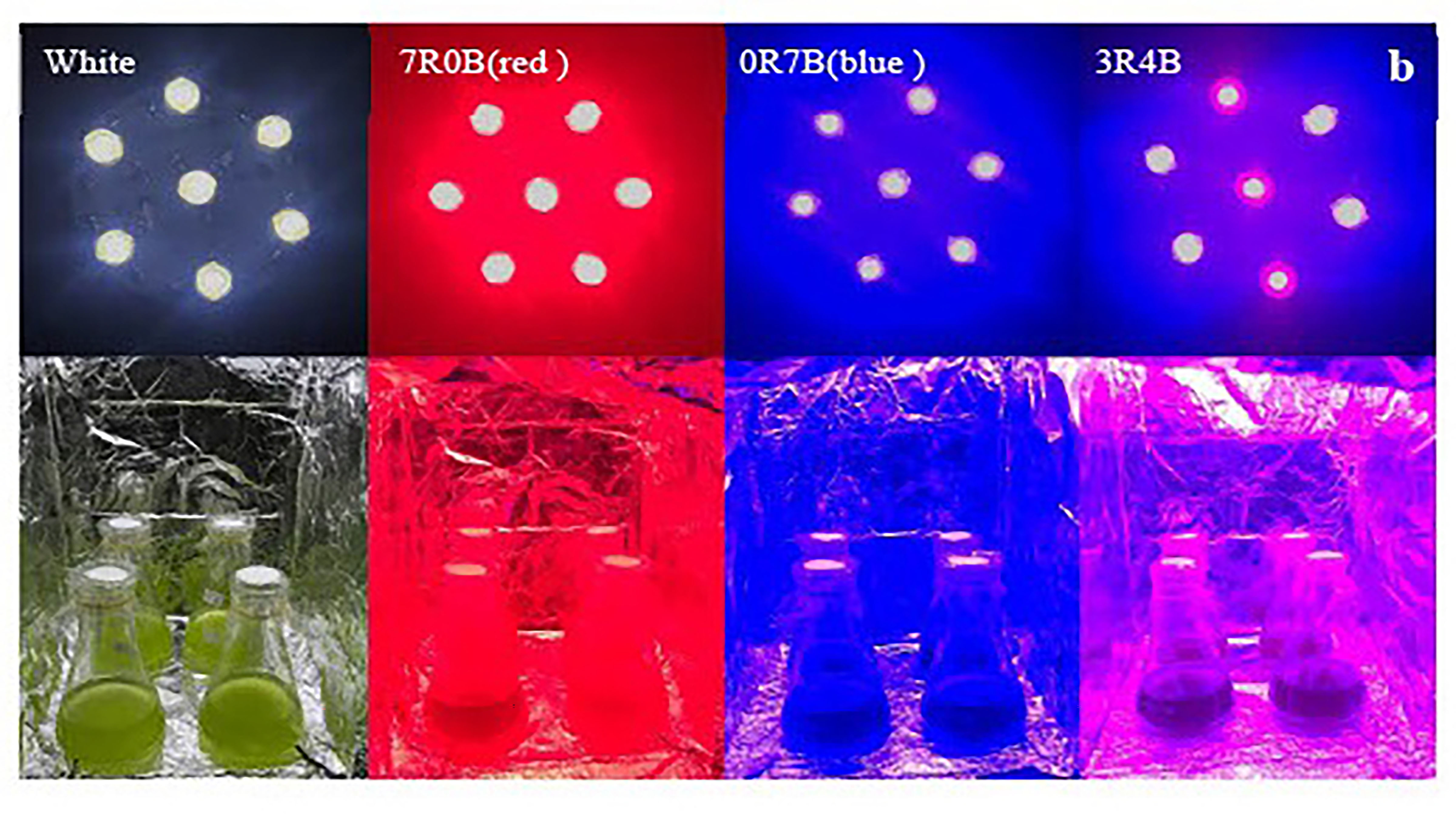
Shining, Colored LED Lighting on Microalgae for Next-Generation Biofuel
As biofuels continue to present challenges, microalgae are gaining momentum as a biofuel energy crop. In the Journal of Renewable and Sustainable Energy, researchers show how a combination of monochromatic red and blue LED illumination on one type of microalga can enhance its growth and increase the biosynthesis of critical components, such as lipids, for microalgae feedstock development. The researchers focused on Dunaliella salina, typically extracted from sea salt fields and found in salt lakes.
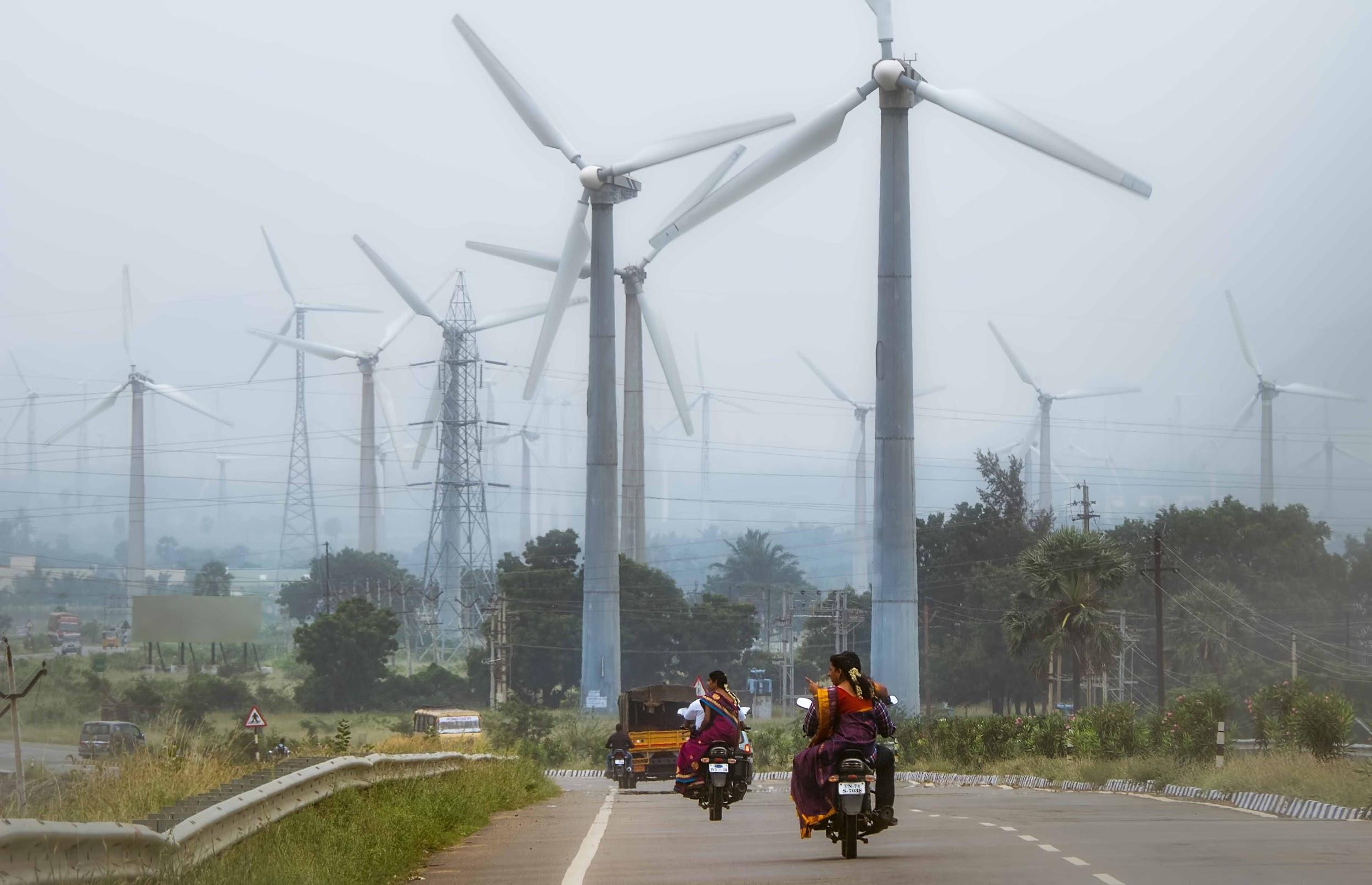
Science Snapshots From Berkeley Lab – Week of March 29, 2021
India’s Ambitious Clean Energy Goals, a Secret Pathway to Harnessing the Sun for Clean Energy, and a Supersmart Gas Sensor for Asthmatics
Is it worth investing in solar PV with batteries at home?
Researchers looked into some of the issues that hamper the uptake of residential solar energy and proposed different policies to encourage the use of this technology.
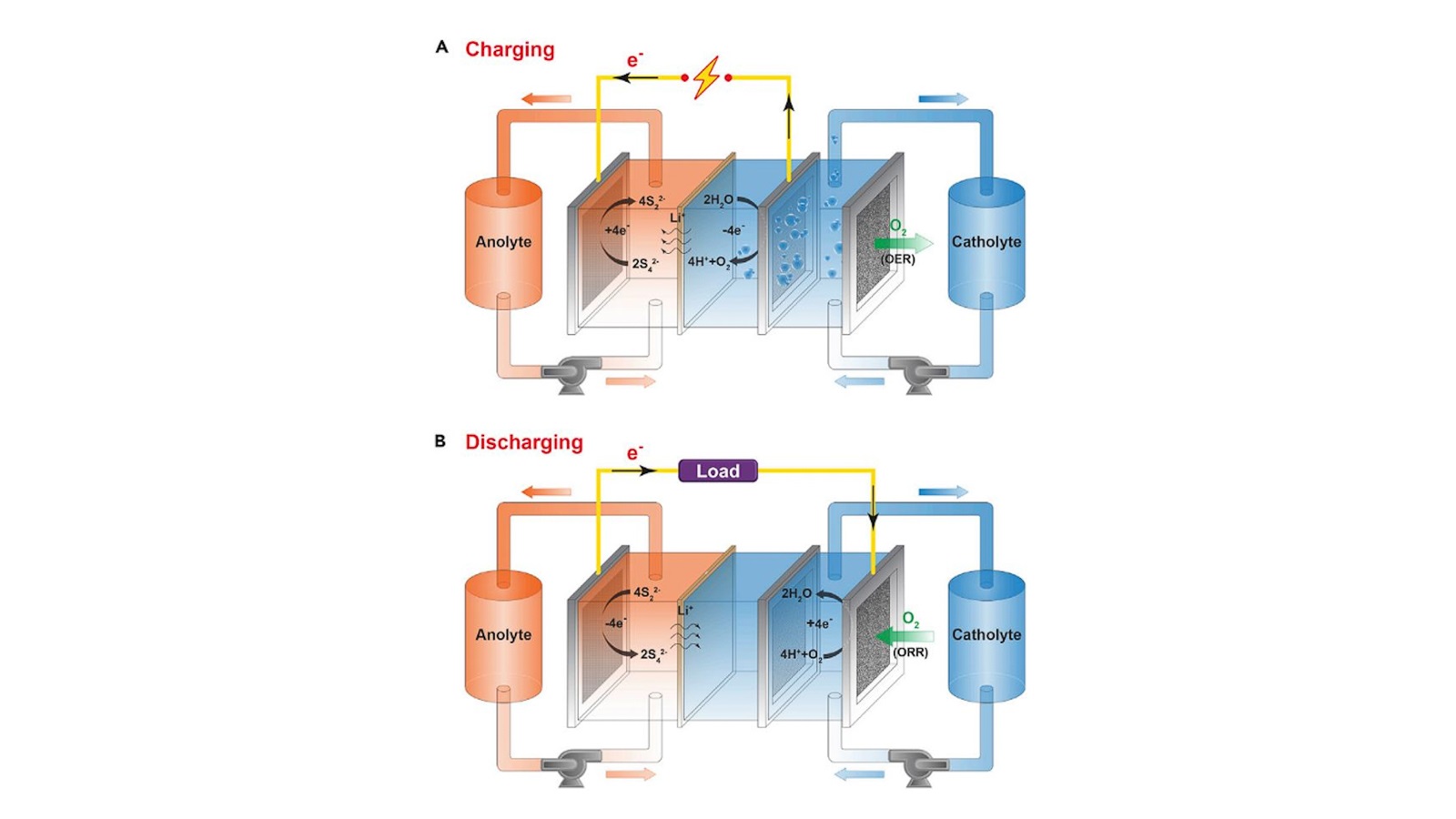
Reshaping the future of the electric grid through low-cost, long-duration discharge batteries
Research begun at the Department of Energy’s Joint Center for Energy Storage Research and continued at spinoff company Form Energy may launch a new era of renewable energy.

‘Wearable microgrid’ uses the human body to sustainably power small gadgets
This shirt harvests and stores energy from the human body to power small electronics. UC San Diego nanoengineers call it a “wearable microgrid”—it combines energy from the wearer’s sweat and movement to provide sustainable power for wearable devices.

Research promotes ‘doubly green’ renewable energy captured from biowaste
Cities around the United States could use their own biowaste from food scraps or manure to produce renewable energy for vehicles to the tune of $10 billion a year, according to a researcher at Missouri S&T. The proposed operation creates renewable natural gas (RNG) from biowaste and renewable hydrogen (RH2) from surplus electricity generated by solar or wind energy.
Green fuels for aviation
Researchers at the Paul Scherrer Institute PSI and the partner institute Empa have started a joint initiative called SynFuels. The goal is to develop a process for producing kerosene from renewable resources. In this way liquid fuel mixtures of the highest quality, which would allow the most residue-free combustion possible and thus be suitable for aircraft propulsion, should be obtainable using carbon dioxide and hydrogen from renewable resources.
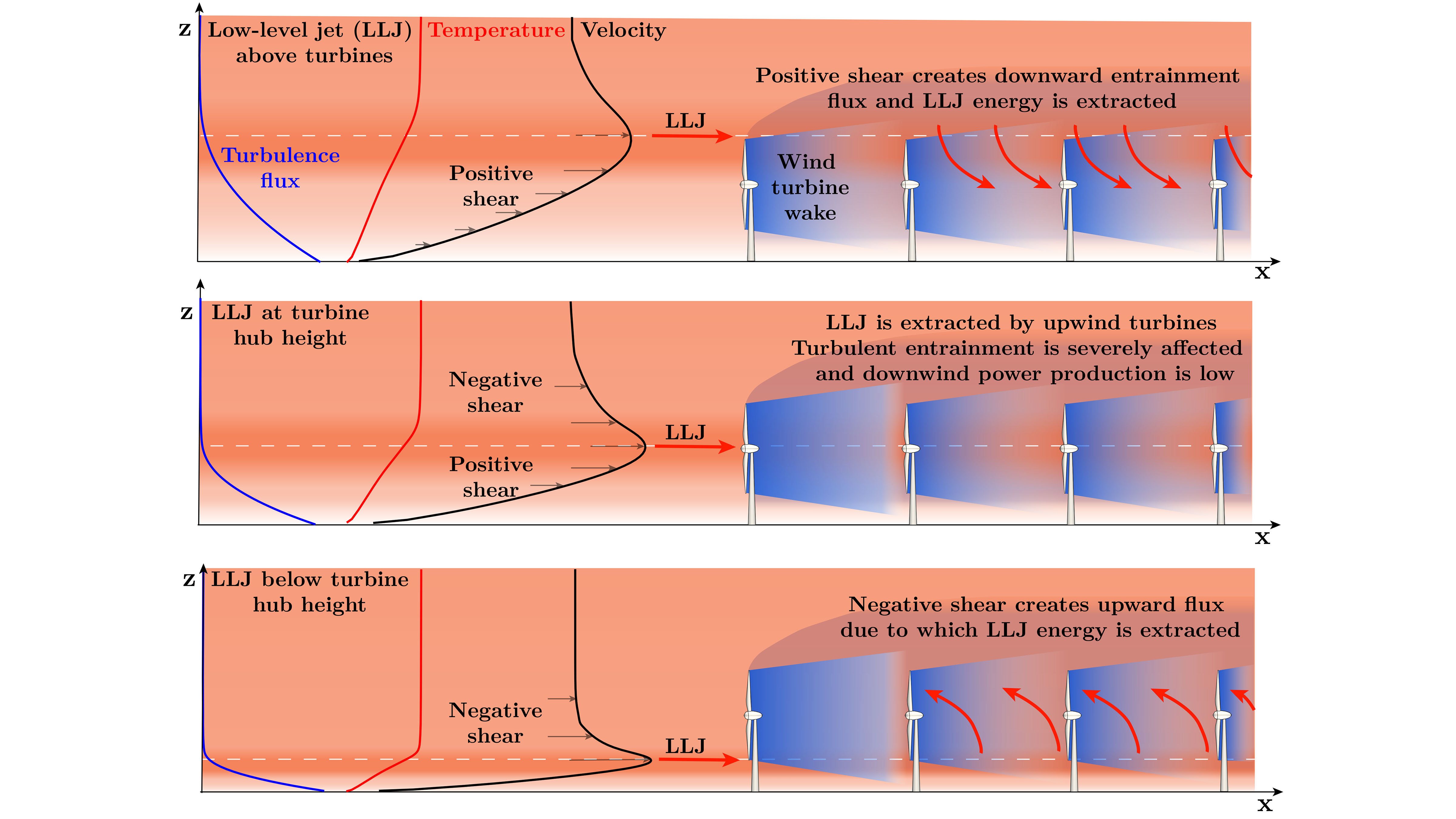
Low-Level Jets Create Winds of Change for Turbines
Global wind power capacity has increased more than fivefold over the past decade, leading to larger turbines, but low-level jets are one cause for concern. The effects of these strong, energetic wind flows depend on how high the wind flows are in relation to the turbines. In the Journal of Renewable and Sustainable Energy, researchers considered three different scenarios in which the LLJs were above, below, and in the middle of the turbine rotors.

How Argonne is working to power a clean energy revolution
A growing global population will need energy from a range of sources. Scientists at Argonne National Laboratory have been pioneering solutions for 75 years.
Experts list: Momentous shift to clean energy future?
The Biden administration has advanced a significant shift in U.S. climate policy that prioritizes clean energy jobs and reductions in carbon emissions as well as an effort to protect communities against inevitable climate-related events. Industry, too, from energy to auto,…
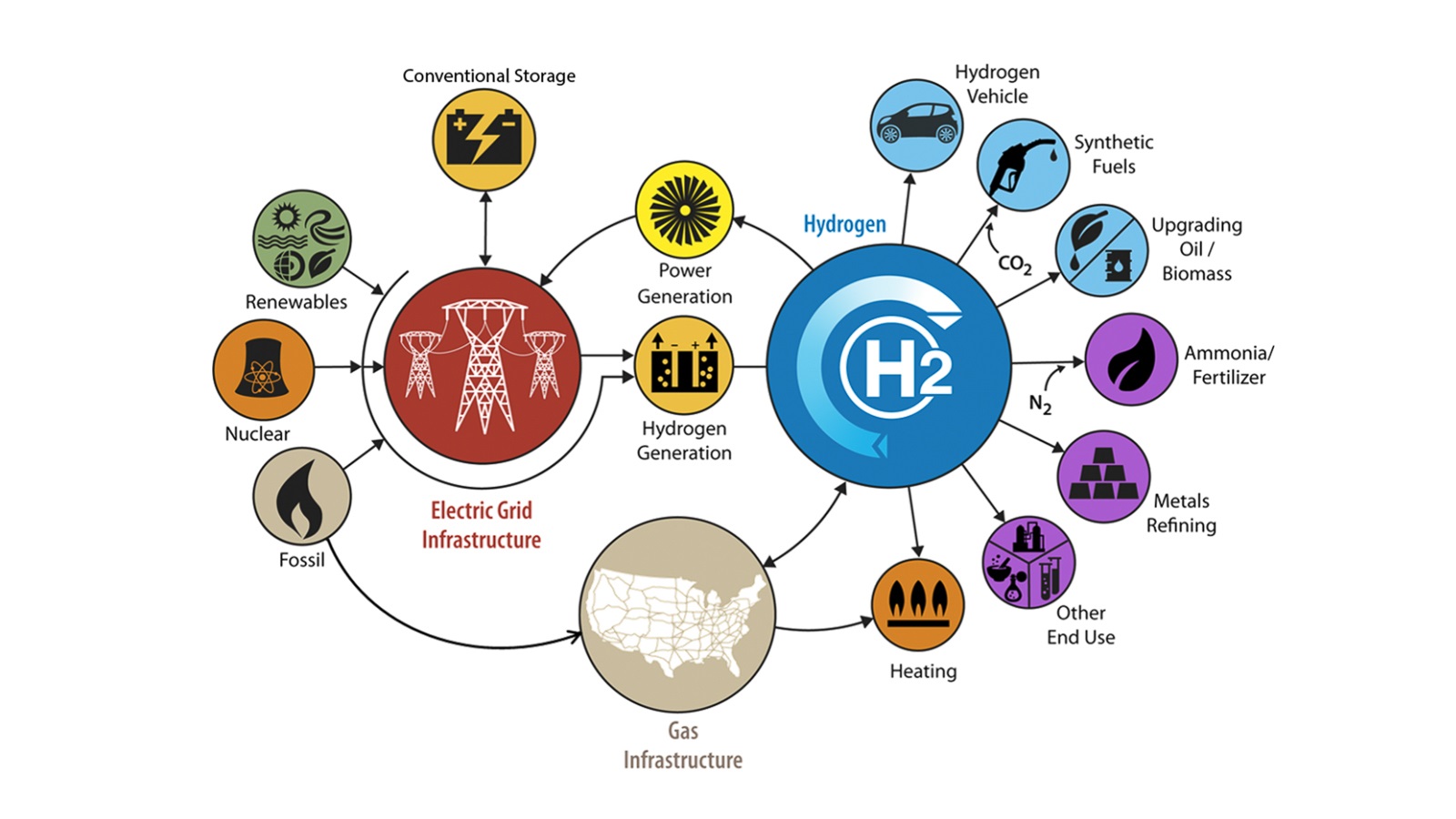
Great expectations: Argonne scientists weigh benefits of increased hydrogen production
Hydrogen technology has the potential to transform aspects of the energy landscape, according to a new report from Argonne scientists.
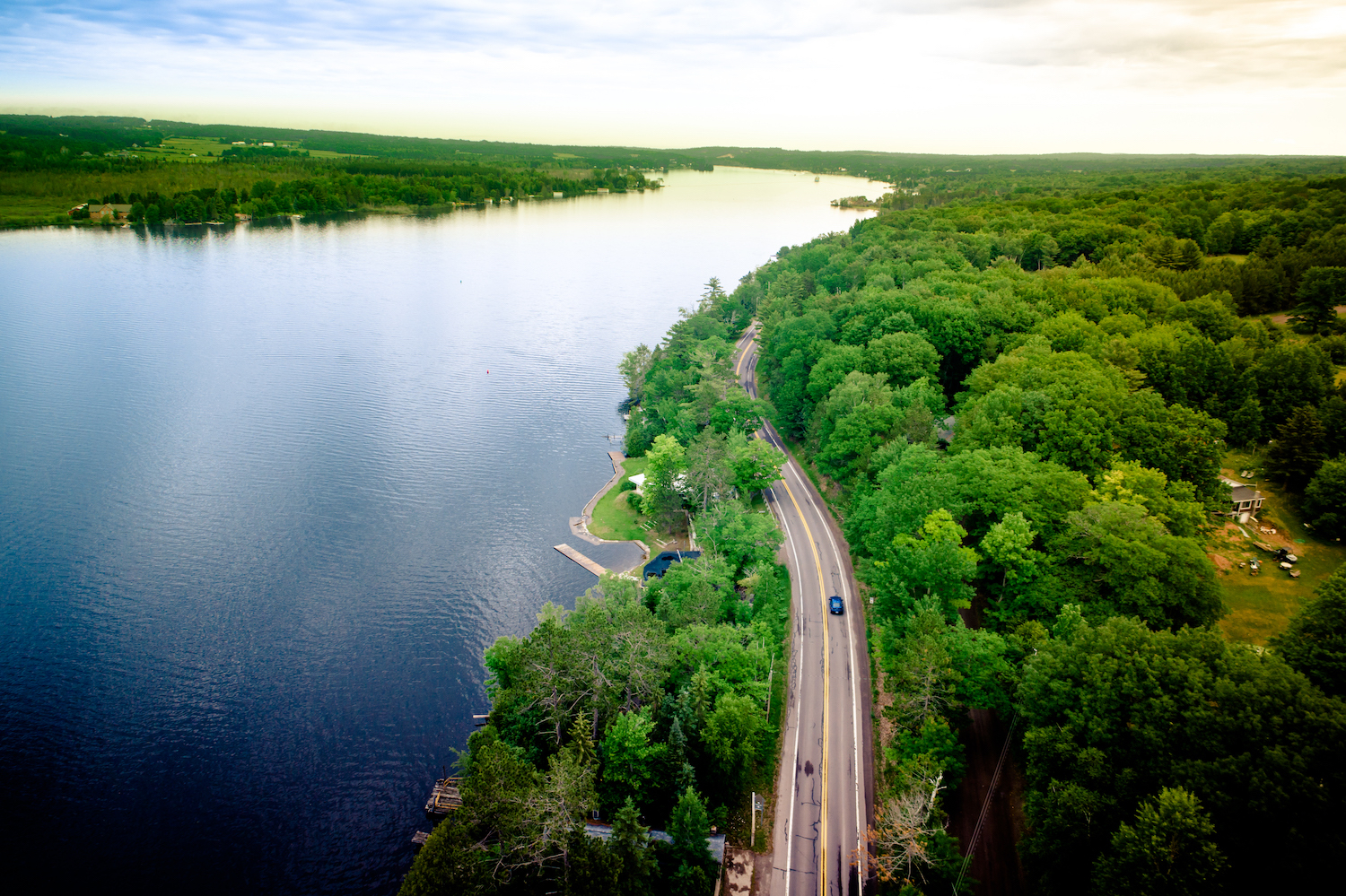
Solar awnings over parking lots help companies and customers
Michigan Tech engineers look into the untapped potential of parking lots in a study that investigates the energy-related benefits of developing charging stations powered with solar canopies built into the parking infrastructure of large-scale retailers like Walmart.

Shining a light on the true value of solar power
For years some utility companies have worried that solar panels drive up electric costs for the people who don’t have panels. Michigan Tech renewable energy researchers has shown the opposite is actually true — grid-tied solar photovoltaic (PV) owners are actually subsidizing their non-PV neighbors.

Residential Batteries for Solar Power Benefit Owners and Grid
PNNL researchers simulated residential battery use and found in-home energy storage can benefit both the power grid and homeowners.
New global ‘wind atlas’ propels sustainable energy
Wind energy scientists at Cornell University have released a new global wind atlas – a digital compendium filled with documented extreme wind speeds for all parts of the world – to help engineers select the turbines in any given region and accelerate the development of sustainable energy.

New tool at Sandia brings some West Texas wind to the Duke City — virtually
Researchers at Sandia National Laboratories have a new tool that allows them to study wind power and see whether it can be efficiently used to provide power to people living in remote and rural places or even off the grid, through distributed energy.

Story tips: COVID breath-sampling, welding advances and powered by water
ORNL story tips: COVID breath-sampling, welding advances and powered by water
Biden oil, gas leasing ban signals shift away from ‘climate-damaging’ fuel
President Biden is expected to ban new oil and gas leasing on federal land Wednesday. The move marks one of the first actions taken by the Biden administration as part of its plan to combat climate change and shift toward…
An anode-free zinc battery that could someday store renewable energy
Researchers reporting in ACS’ Nano Letters have made a prototype of an anode-free, zinc-based battery that uses low-cost, naturally abundant materials.
WashU Expert: Biden energy plan is aggressive, but much can be done
Geophysicist Michael Wysession, professor of earth and planetary sciences in Arts & Sciences at Washington University in St. Louis, teaches a popular undergraduate course called “Energy and the Environment” and is author of The Great Courses lecture series “The Science…
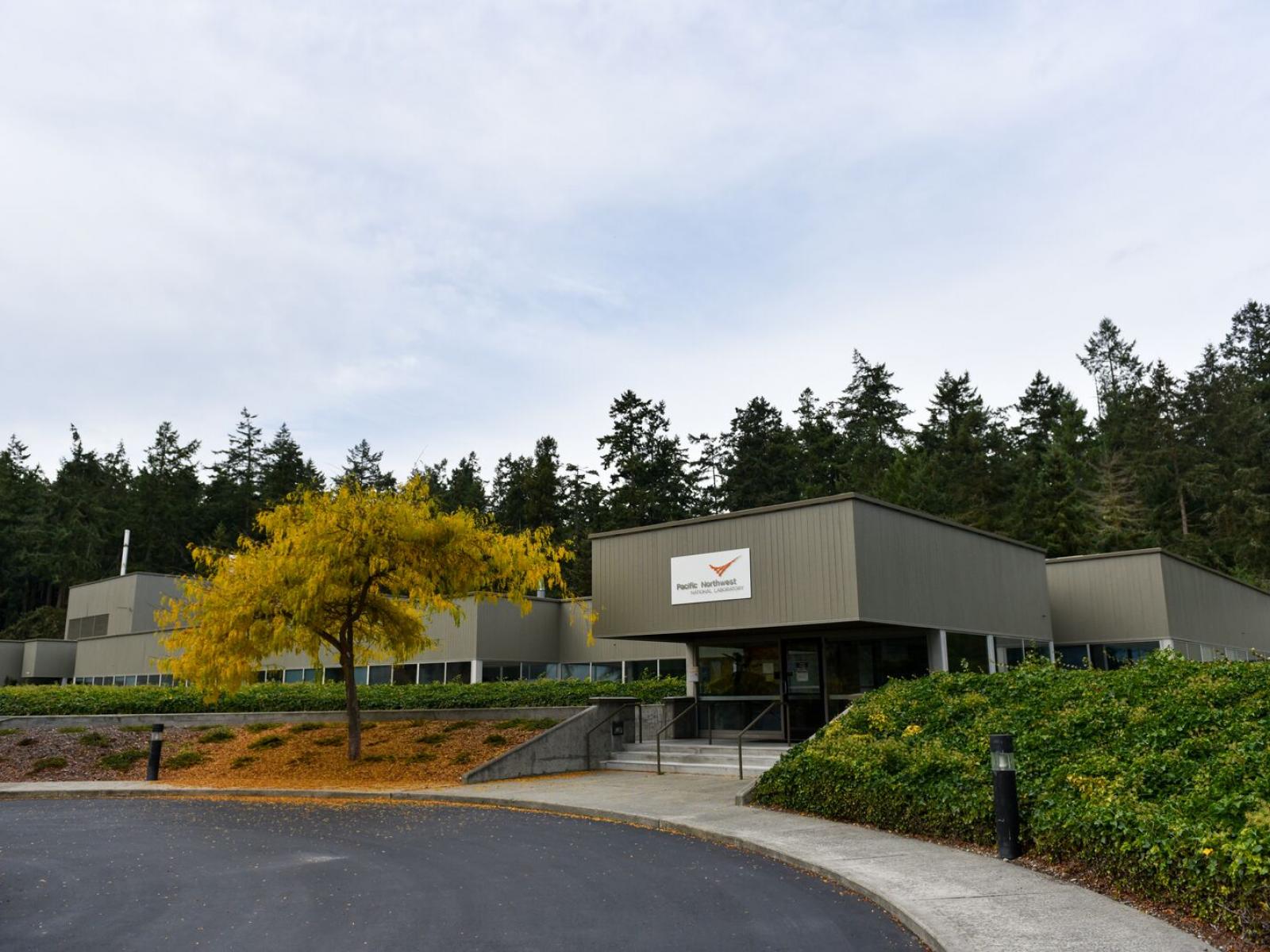
Marine and Coastal Research Laboratory—Past, Present, Future
The Marine and Coastal Research Laboratory in Sequim, Washington, is the U.S. Department of Energy’s only marine research facility. It has a rich history and expanding research scope.
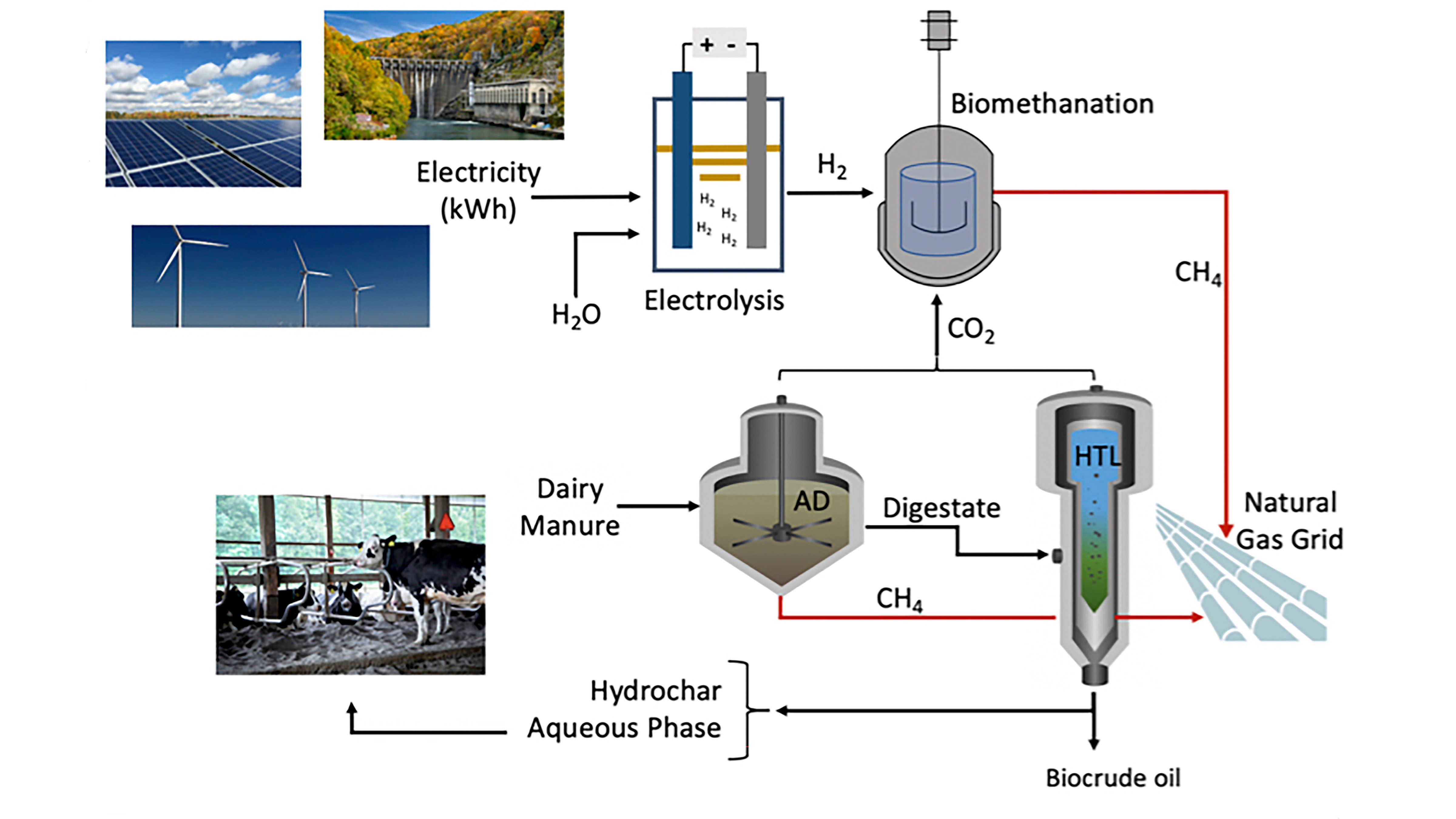
Cornell University to Extract Energy from Manure to Meet Peak Heating Demands
Cornell University is developing a system to extract energy from cattle manure to meet the campus’s peak demands for heat in the winter months. In the Journal of Renewable and Sustainable Energy, scientists involved with the project give a detailed analysis of the issues required to make this work, including scientific, economic, and energy policy considerations.

Researchers Identify Which West Coast Regions Hold Greatest Wave Energy Potential
Washington and Oregon coastlines hold most promising areas to pull power from West Coast waves, according to a recent study on wave energy.
NYS can achieve 2050 carbon goals. Here’s how.
By delving into scientific, technological, environmental and economic data, Cornell University engineering researchers examined whether New York could achieve a statewide carbon-free economy by 2050. Their finding: Yes, New York can reach this goal – and do it with five years to spare.
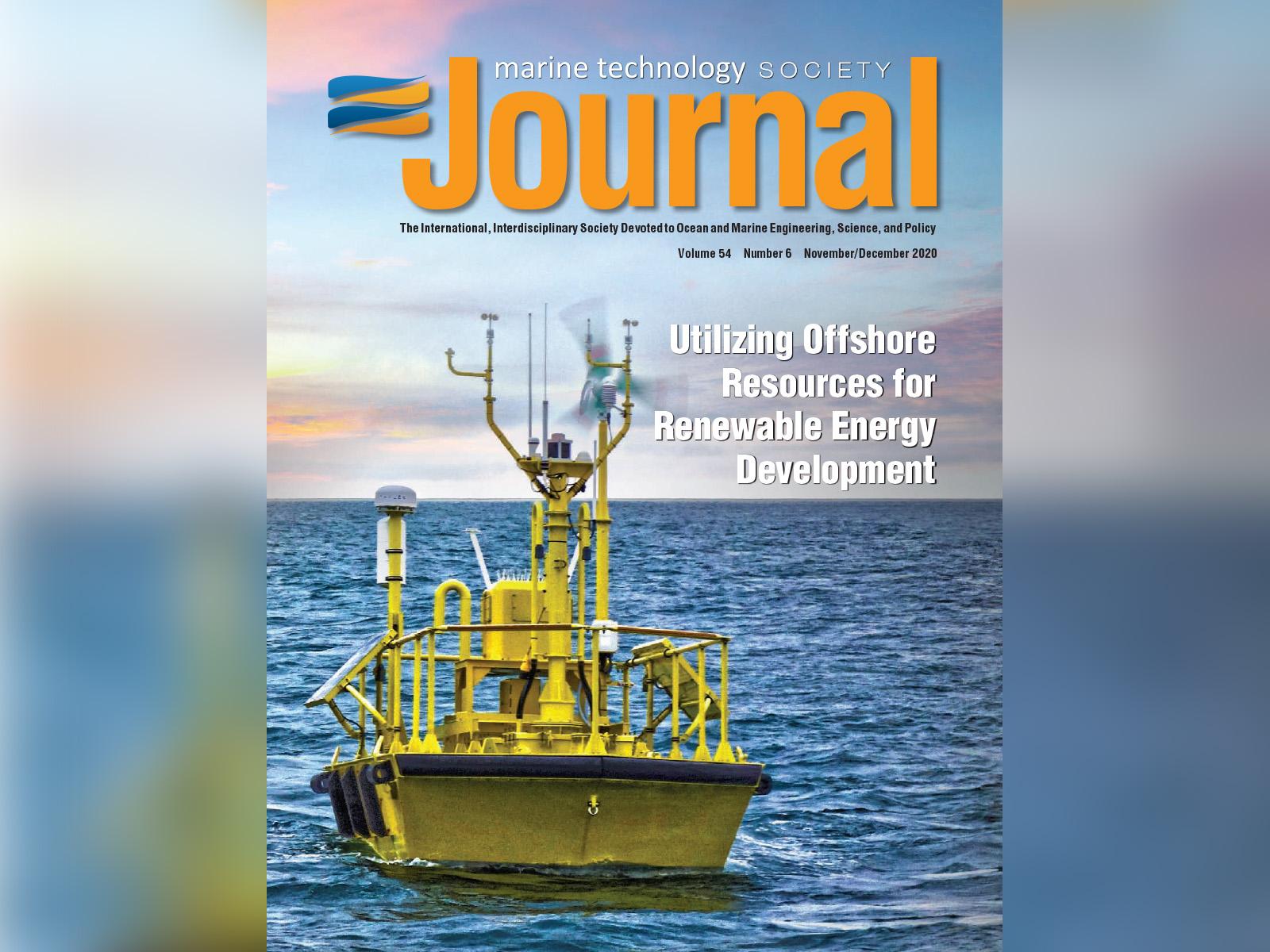
Renewable Energy Advances in Marine Clean Energy
A special issue of the Marine Technology Society Journal focuses on research and development efforts among industry, academia, and national laboratories, including PNNL. The issue was guest edited by Alicia Gorton, a project manager and ocean engineer at PNNL.
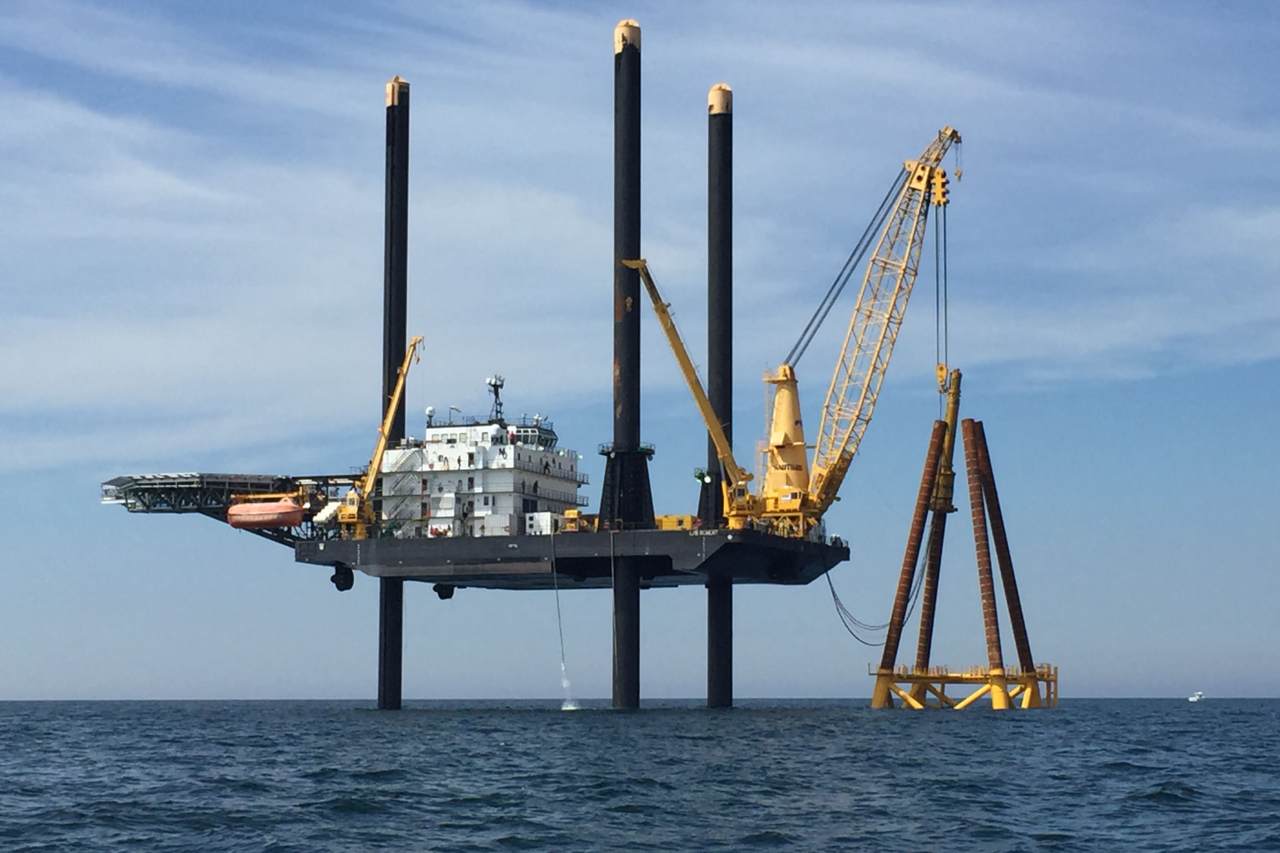
Planning Ahead Protects Fish and Fisheries
Conservation of fish and other marine life migrating from warming ocean waters will be more effective and also protect commercial fisheries if plans are made now to cope with climate change, according to a Rutgers-led study in the journal Science Advances.
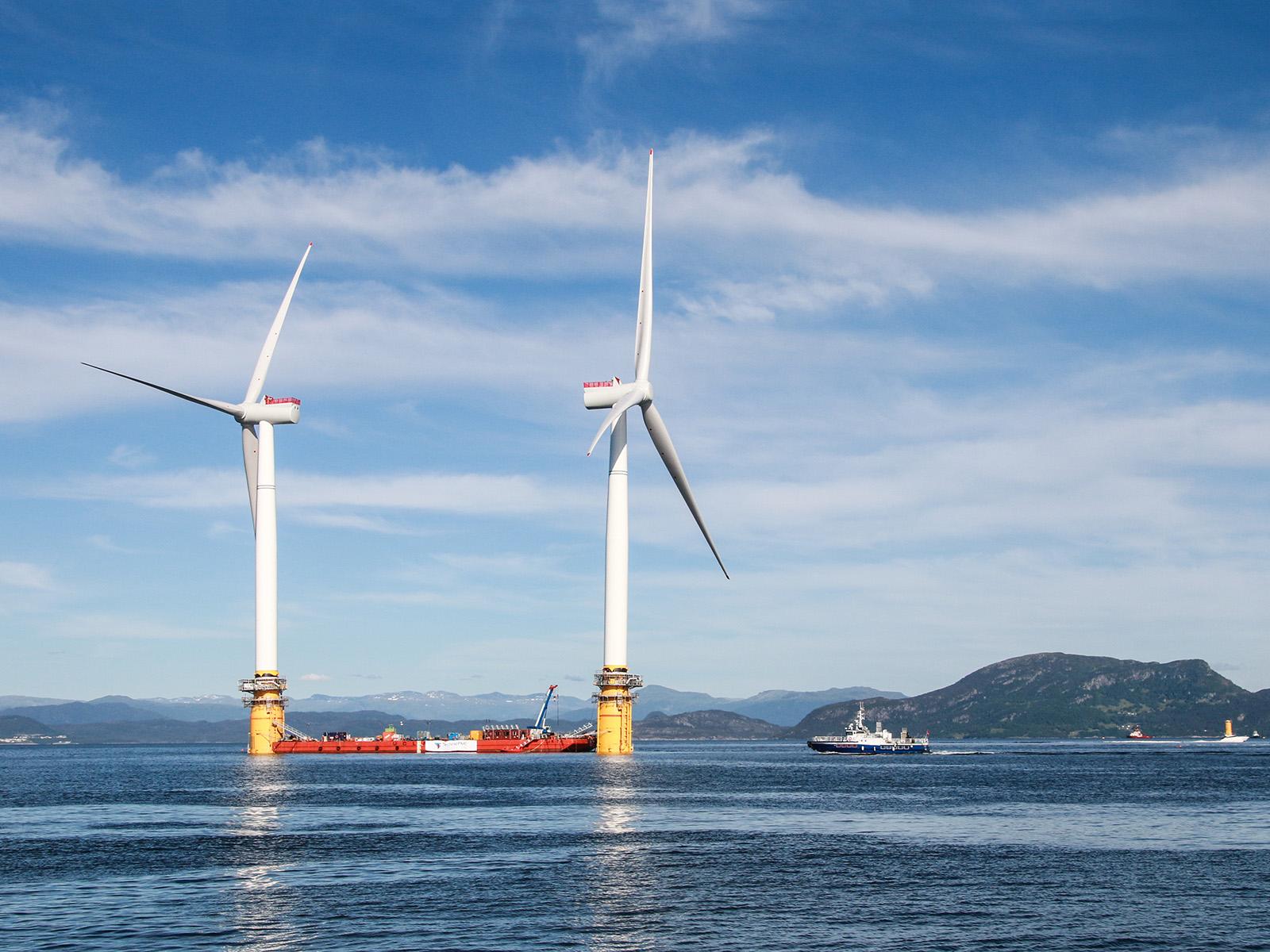
Wind Power off the Oregon Coast Could Provide More than Electricity
A recent study found that 2 to 3 gigawatts of electricity from winds off the coast of Oregon could be carried by current transmission lines. That’s enough to power up to 1 million homes—a significant number since there are 1.5 million homes in Oregon. But just as significantly, it also means that delivering that power would not require much additional investment in new transmission infrastructure.
Policy, not tech, spurred Danish dominance in wind energy
In a new study focused on Denmark, a global leader in wind energy – a relatively mature and low-cost renewable technology – researchers found that government policies have been the primary driver of that industry’s growth and development.
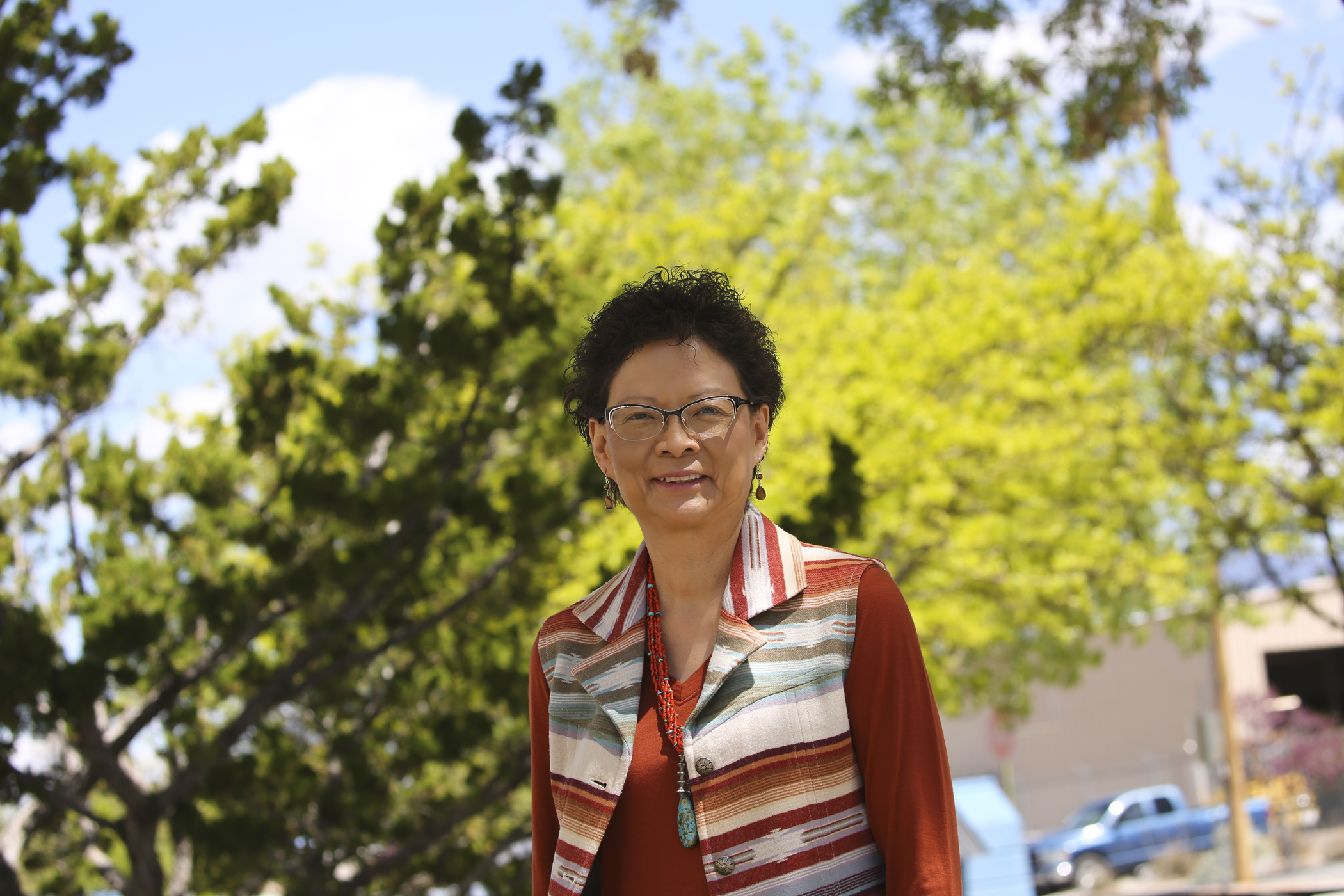
‘Iconic’ Sandia researcher wins Indigenous Excellence Award
Sandia National Laboratories engineer Sandra Begay has received the 2020 Indigenous Excellence Award from the American Indian Science and Engineering Society.
NYC outdoor dining heaters ‘vivid reflection’ of renewable energy challenge
New York City Mayor Bill de Blasio recently announced guidance for restaurants planning to provide comfort heating for customers dining outdoors during the fall and winter months. Heating options include electric radiant heaters, natural gas radiant heaters and portable heaters…
A renewable solution to keep cool in a warming world
A new study explored the pros and cons of seawater air-conditioning as an alternative cooling solution.